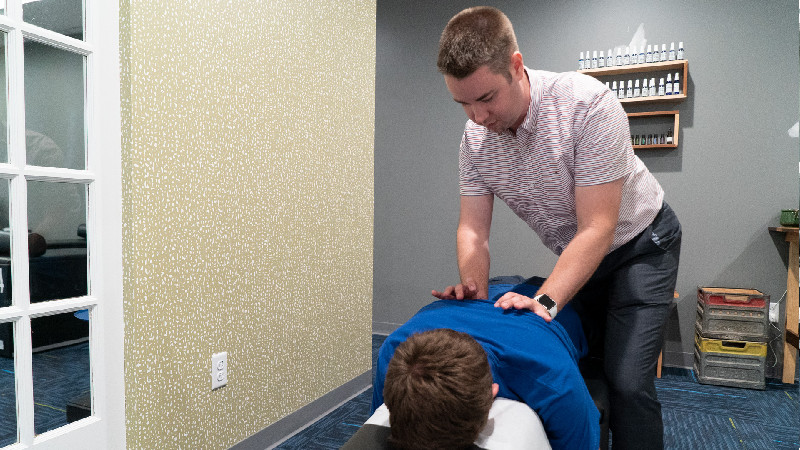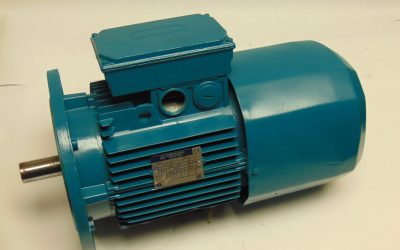A great deal of effort goes into binding a book or a document. The procedure includes cutting, gathering, folding, stapling, gluing, sewing, stitching as well as wrapping the sheets. Book bindery in Chicago workers perform all of these tasks, including the setting up, maintenance and running of the equipment utilized during the binding process. The binding process may differ according to the kind of material that is being worked on. For example, job binding where books are created in small volumes or edition binding work which comprises binding books or documents in runs. Some firms provide specialized book binding services for libraries. Several companies also provide binding services which has to do with pamphlet binding as well as creating folders and leaflets. Blank book binding firms bind blank pages to produce address books, notebooks, checkbooks, diaries, notepads and calendars.
Magazines and books produced by book bindery in Chicago workers are completed using flat, large, printed paper sheets. The printed sheets are passed through devices which fold the sheets into piles of pages placed sequentially (this arrangement is also called “signatures”). The stacks of pages need to be glued, stitched or sewn together by the book binders. These are later formed into books utilizing trimming machines and presses, and then bolstered by using glued fabric bands or strips. Covers are typically made separately and then pasted, stitched or glued onto the book’s body. These books are then put through several different finishing processes for example wrapping the books within paper jackets.
Initially, the book bindery in Chicago workers will be assigned routine tasks such as moving heaps of paper from cutting devices to folding devices. The workers are then taught basic binding principles and skills, such as paper attributes and the best way to cut large paper sheets in order to reduce paper wastage. Later, the workers are given harder tasks such as embossing plus adding holograms. Later, they are taught how to operate some of the binding equipment. These days, most binderies prefer computerized binding devices. It usually takes a great deal of time for book bindery in Chicago workers to understand how to use these complex machines, with the end result of all that training being high quality products.


